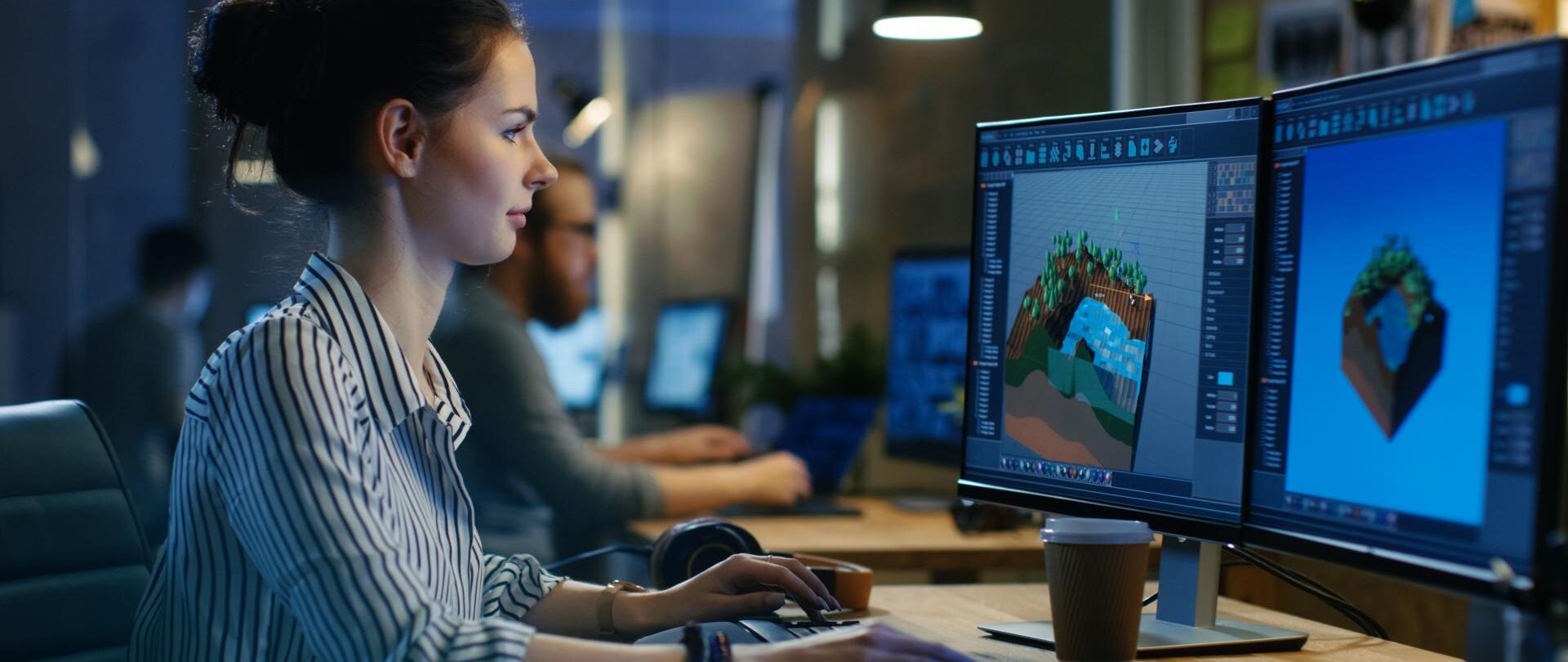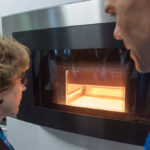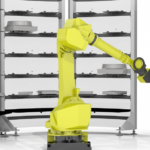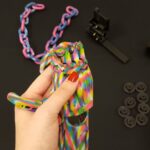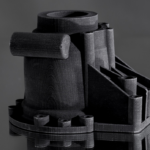
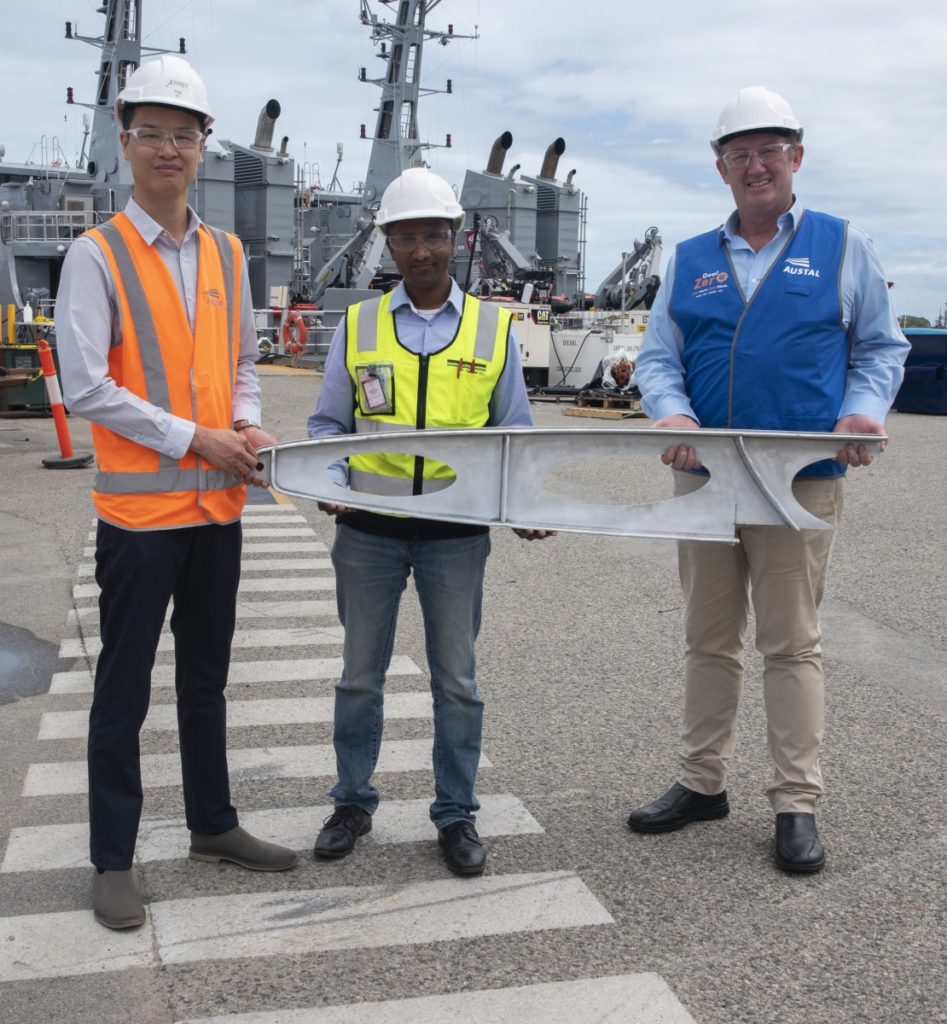
The maritime sector is one of the more overlooked segments in 3D printing, with only a handful of companies really taking advantage of the opportunities there. A new business involved in 3D printing for naval uses has made itself known, Austal Australia, who, along with its partners, AML3D (ASX:AML) and Western Australia’s Curtin University, has 3D printed an aluminum personnel recovery davit. The device has been verified by DNV, the world’s largest classification society at its Global Additive Manufacturing Technology Centre of Excellence in Singapore.
According to international and naval specifications, Austal, AML3D and Curtin University produced a three-meter-long crane, also known as a davit, designed for personnel recovery. The assembly was then tested to support over two times its intended working load. This was followed by non-destructive and destructive testing. The testing process included microanalysis of the microstructure of the aluminum parts, with mechanical and corrosion properties compared to those of traditional marine grade materials.
The technology used to produce the components was wire arc additive manufacturing (WAAM) developed by AML3D. Claiming “the world’s largest certified” metal 3D printer, AML3D has achieved certifications, such as ISO 90012015, from a number of organizations, including Llyods Register, the American Welding Society, and the Singapore Accreditation Council. The startup is aiming to tackle such sectors as energy, mining and military with large-format metal 3D printing. Among the most recent projects set to use the technology was one from iKAD, who aimed to deploy it for manufacturing large metal pipes.

“Austal Australia has been working with AML3D since 2019 on the development of hybrid manufacturing approaches that put robotics side by side with our highly skilled tradesmen and women to fabricate large complex structures,” said Austal’s Chief Digital Officer, Andrew Malcolm. “Wire Arc Additive Manufacturing, or WAAM, has the potential to enable a productivity step change in shipbuilding, able to 3D print marine grade metal structures at a scale well beyond other commercially available metal 3D printing technologies. This DNV verification statement for the AM-produced personnel recovery davit shows that these additive manufacturing processes can meet our specification(s), which have been developed to fulfill the requirements to fit components to naval vessels, and we are certainly encouraged by the verification to pursue future opportunities.”
Outside of military development with national navy suppliers, Singapore is currently a hotbed for maritime 3D printing activity, with DNV providing the certification necessary for companies to deploy the technology in the area. So far, this pool of firms is limited to Wilhelmsen, Thyssen, and Wilhelmsen-backed startup Ivaldi. However, as Executive Editor Joris Peels has pointed out, 3D printing for the marine sector represents a potentially important and lucrative opportunity. This is in large part due to the need to obtain rare replacement parts for ships and other vessels that may be difficult to reach. 3D printing, obviously, offers the possibility of 3D printing spares on demand, but the remoteness of these facilities may prove difficult. The solution includes either producing these items at naval repair sites, onboard vessels themselves, or flying spares out to the point of need using drones.
Austal is a nearly $1 billion company with roughly 5,500 employees operating in Australia, the U.S., the Philippines, and Oman. Customers include a number of military and security forces, such as the Royal Australian Navy, Royal Navy of Oman, the United States Navy, the Australian Border Force, Condor Ferries, and Mols Linien of Denmark. Some of its vessels have been considered important developments in naval military technology, such as Littoral Combat Ships for the US Navy, which were first built with General Dynamics and then Lockheed Martin, as well as Expeditionary Fast Transport catamarans for the US military.
The fact that such a business, increasingly important to major naval forces, is adopting 3D printing lends further credence to the technology, while also reinforcing what we’ve already known, naval forces are starting to look to additive manufacturing as a means of producing parts. This crane assembly is only a first for AMl3D, which is expecting to deliver further proof of concepts in 2021.
If you're looking for affordable 3D visualization services in the USA, our platform provides an ideal solution for all your architectural and real estate needs. Through our service, you can access high-quality 3D renderings at competitive prices without compromising on quality. Whether you need interior visualizations, exterior renderings, or architectural animations, our team ensures that you get professional results that fit within your budget. With our support, you can make your projects visually stunning while saving on costs, all with a quick and straightforward process.
Through our site, you can easily order affordable 3D visualizations for your projects, whether for a residential property, commercial development, or architectural design. We understand the importance of staying within budget, and that's why we offer tailored solutions to ensure you get the best value for your investment. Our experts work efficiently to provide you with realistic, photorealistic 3D images that will elevate your presentations and attract clients, making your property stand out in the market.

